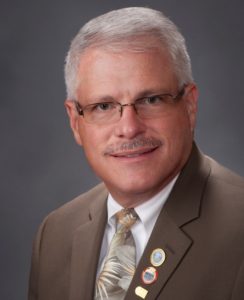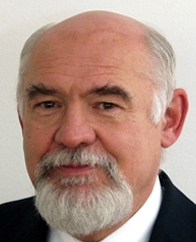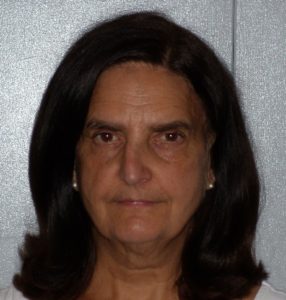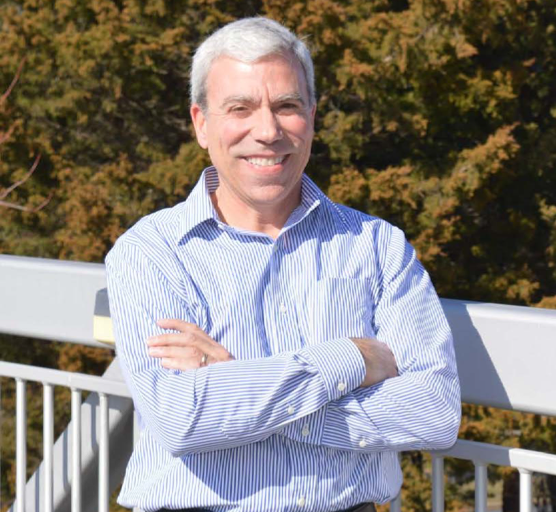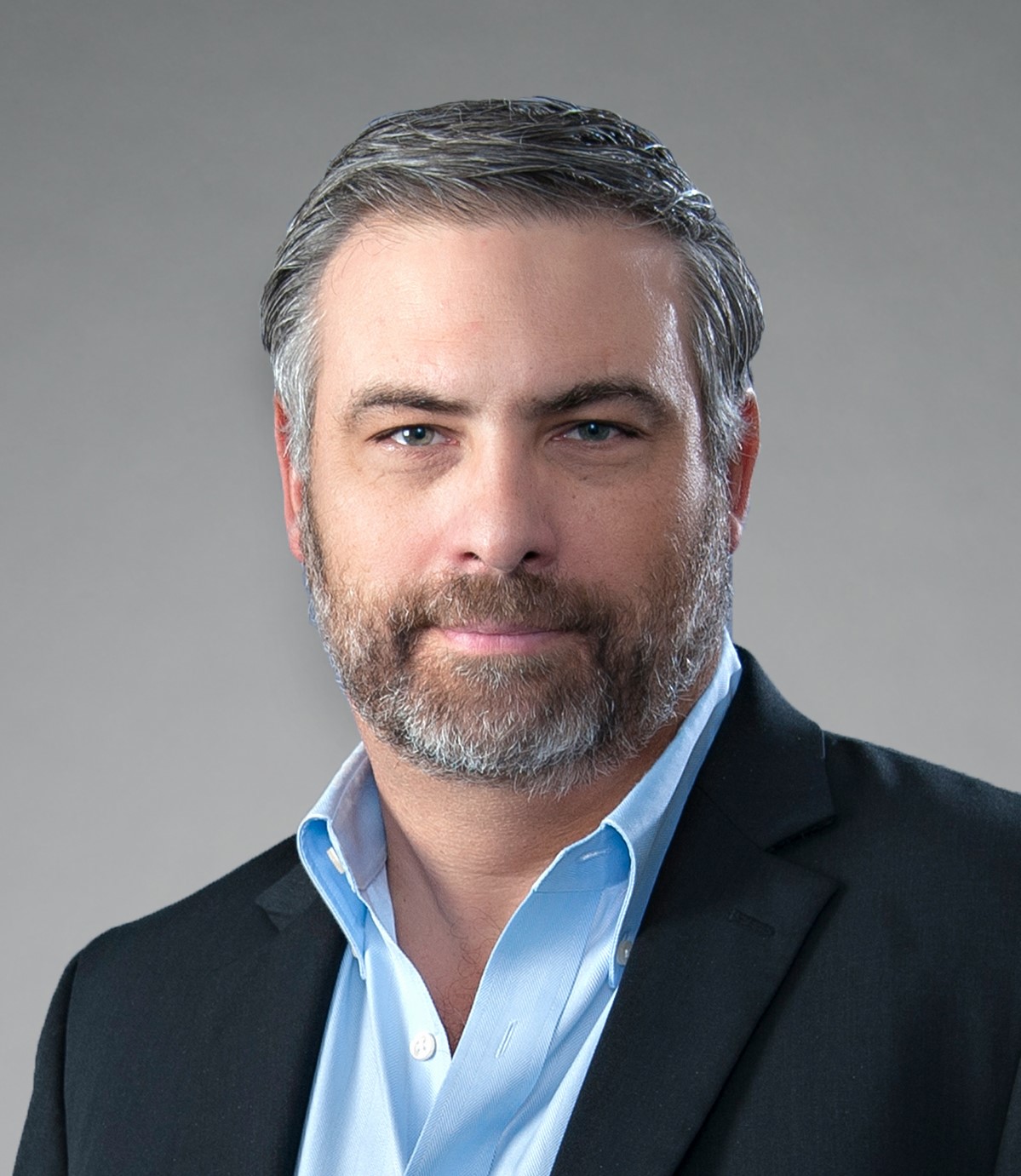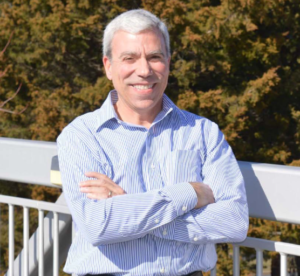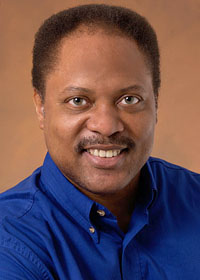
Abstract: Recent advances have been effective for progressing the state of robotics toward its next level of intelligence. At this stage, further advancement is needed with sharper focus on increased robustness, cognitive facilities, and more sophisticated behavior. Research necessarily continues to focus on the study of intelligent robotics toward enabling an intelligence pipeline including abilities to perceive, reason, plan, act, control and learn. Advances to date are impacting individual elements of this intelligence pipeline but the paths to effective integration of these elements that will realize practical intelligent robots and robotic systems are unclear.
Thinking more broadly about intelligent robots as elements of larger systems, robotics technology is riding the same tsunami as AI, machine learning, and Internet of Things — all shaping up as elements within systems of systems. Robots will be nodes in IoT within intelligent homes and buildings including hotels and the workplace, in logistics environments, smart factories, and more. In many applications they will be dynamic physical nodes in a variety of cyber-physical systems. Beyond integration of technologies, additionally considering the human element brings the question of transdisciplinary solutions into the conversation. Robots with next-level intelligence will challenge the tools and methodologies being developed to engineer SoS in a number of ways.
This talk offers thoughts and considerations for active researchers to ponder and appreciate in the context of their research programs. From a perspective on current stages of technology development, and looking toward the progress horizon from that vista, the talk discusses a number of robotic intelligence topics using examples from research projects and deployed systems. Aspects of intelligent robotics associated with different domains and applications are discussed such as planetary robotics, disaster response, and wearable robotics. Also addressed are future considerations for the evolution of related technology toward increased robotic autonomy and advanced intelligence for robotic systems.
Motivating this discourse are multiple considerations for next-level robotic intelligence technology, including the need to realize smart behavior for not only singular robots but for multi-robot and human-collaborative systems, and some of the related systems engineering considerations. The aim is to broaden the thinking of current researchers leading to the collective leverage that will boost robotic intelligence to the next level enabling robots that are multi-functional in the real-world.

